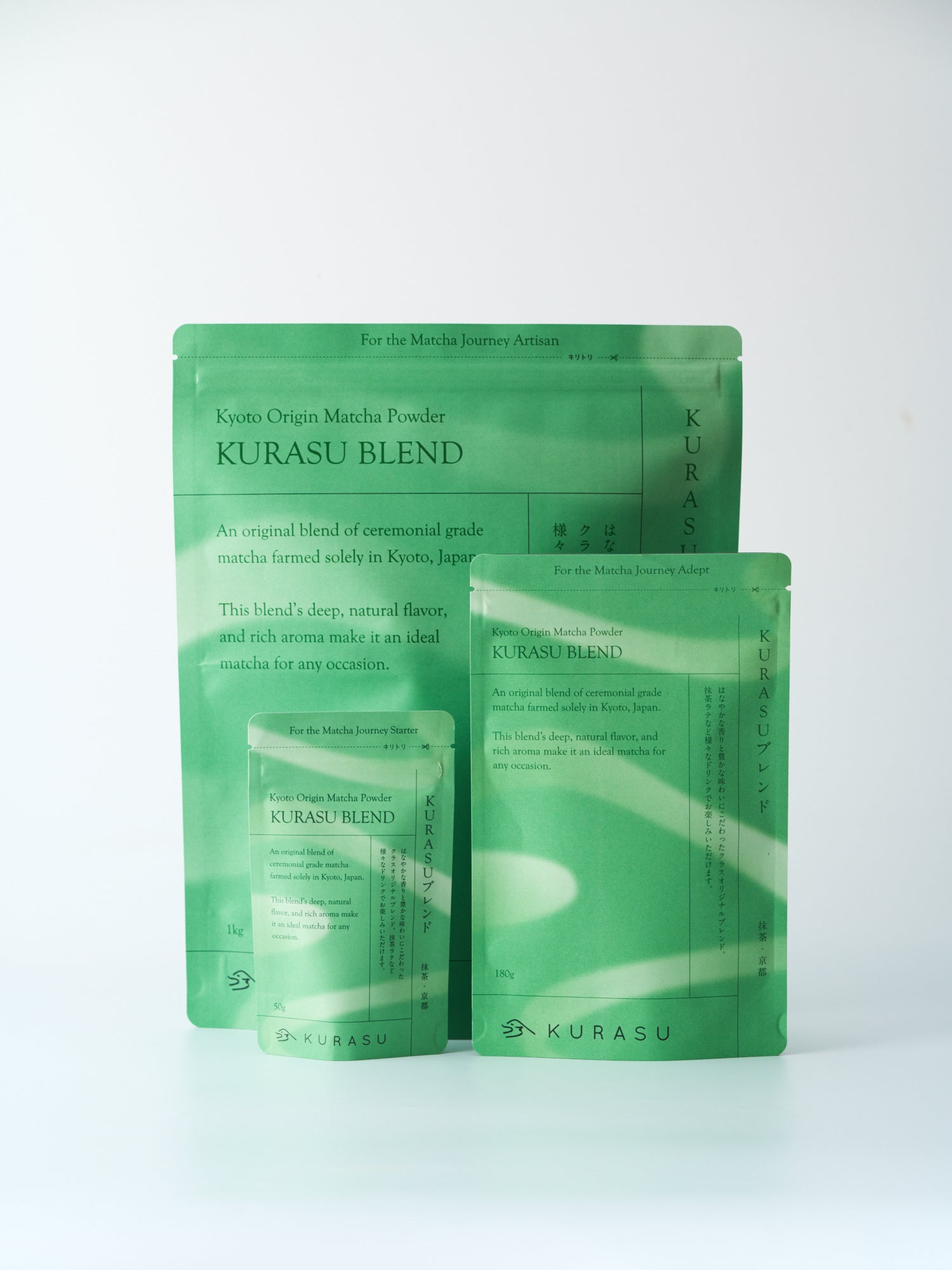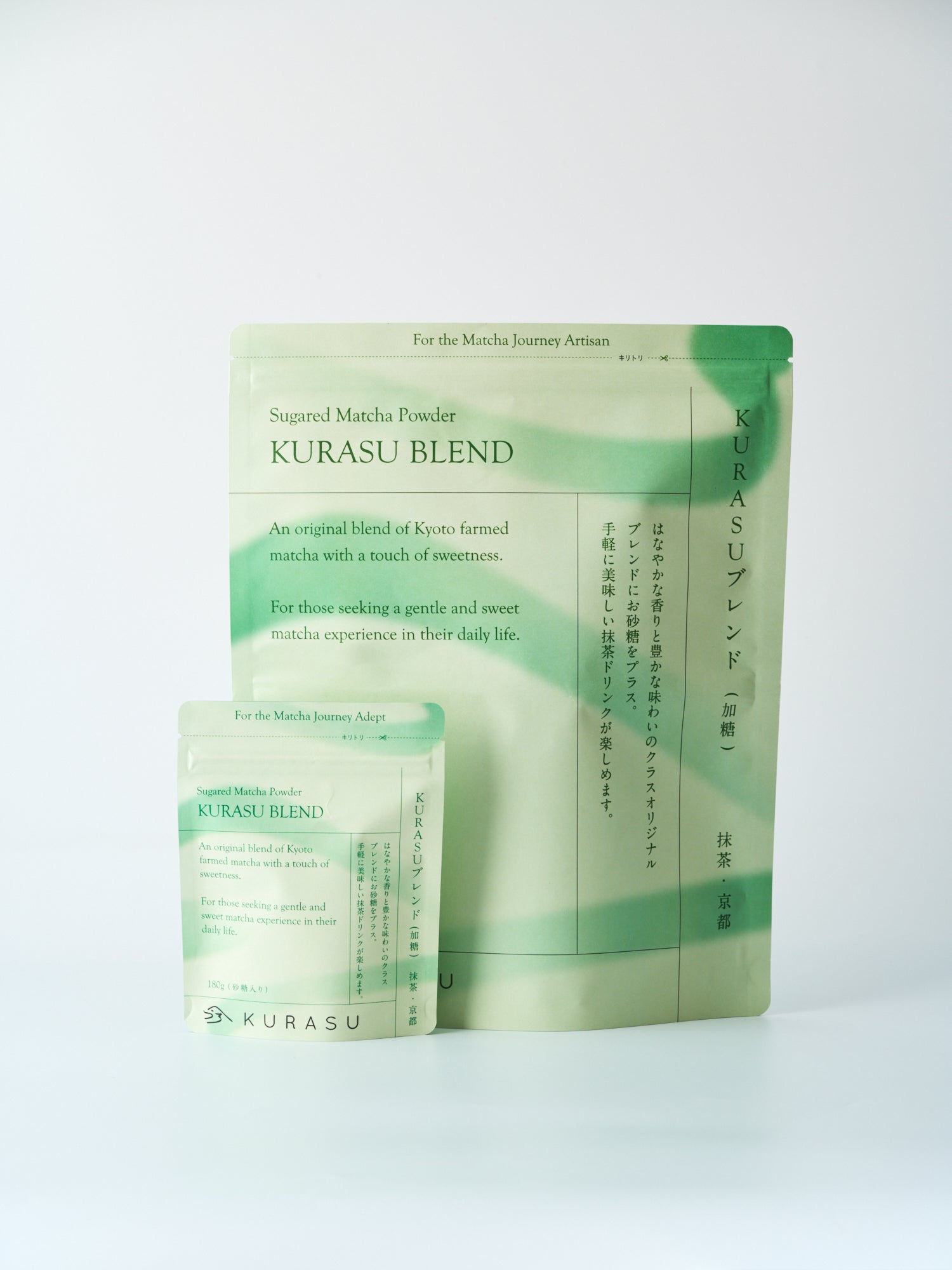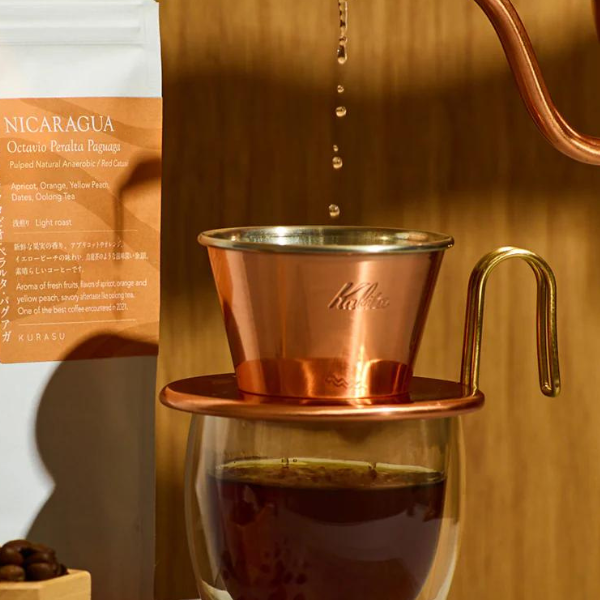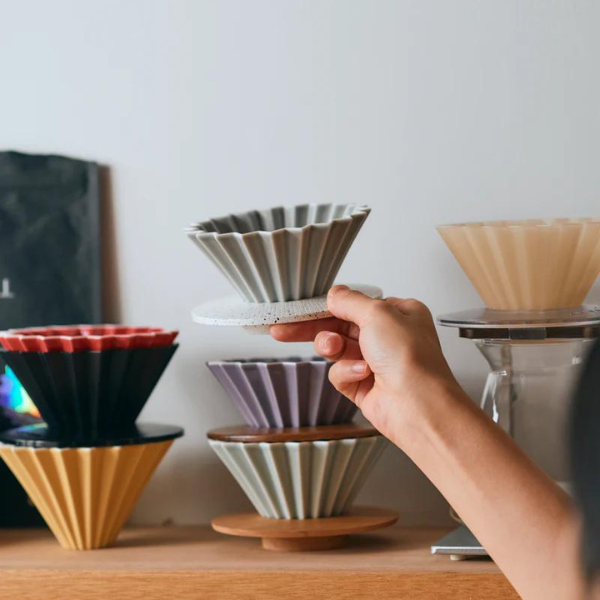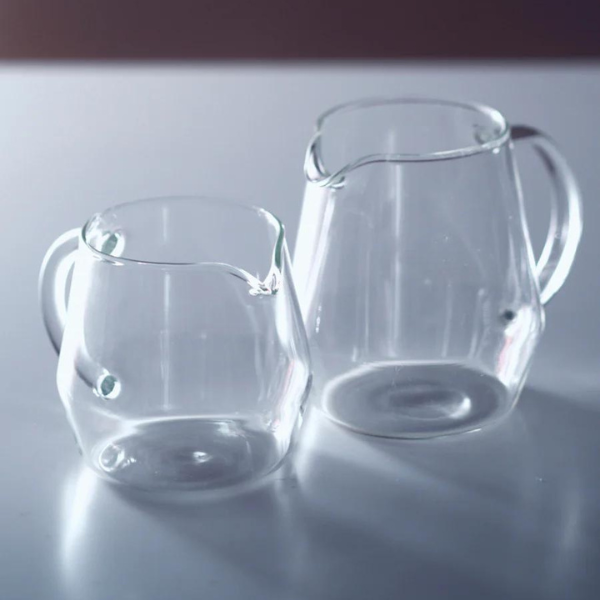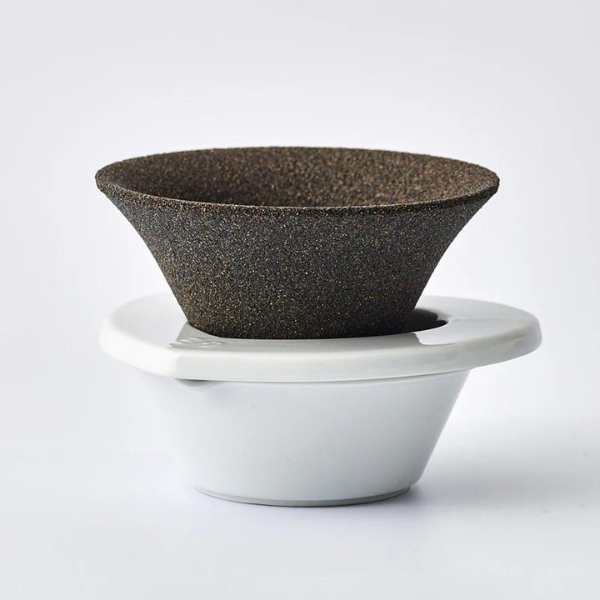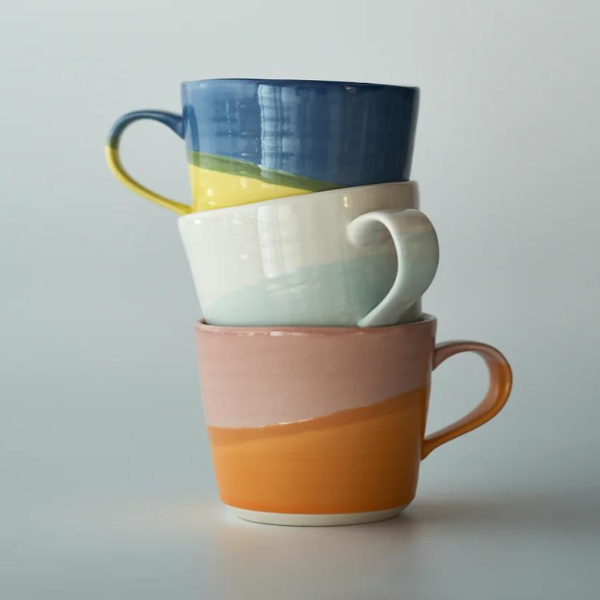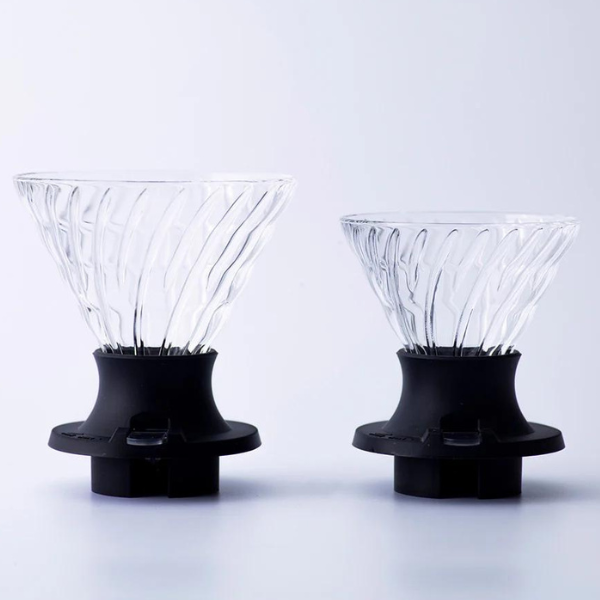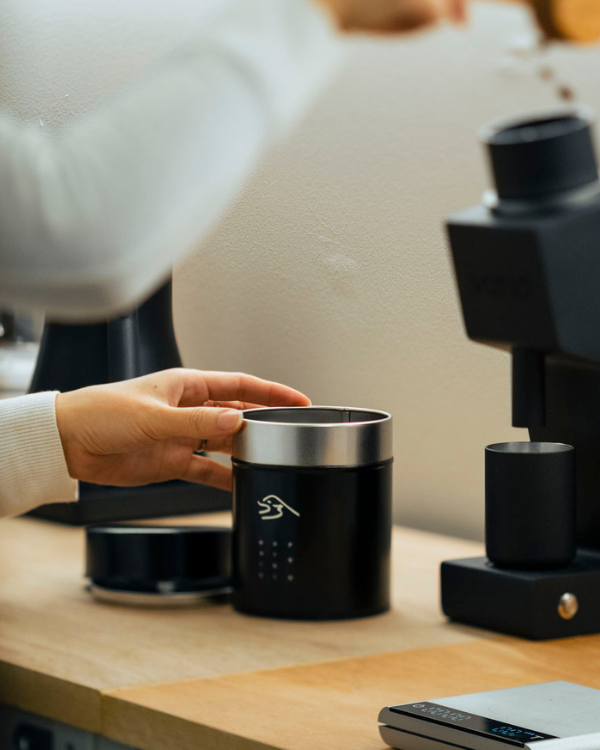Hi, I’m Kosuke from Kurasu.
Today I’m going to tell you something that gives you a chill which we all could use in this heat wave. I would call it “a blooming horror story”.
Mastering a pourover is not an easy job.
To me, pourover is the second most difficult job after milk steaming, so I have been secretly practicing a lot- and I realized something.
Blooming is the single most important process of making a pourover.
If you fail at this stage, there is no way to fix it. (…Ok, well this is supposed to be the scary part of this story.)
We often hear that all good things about coffee get extracted at the first half of the brewing process, right? It may be true, but that does not mean that the same amount of goodness automatically gets squeezed out of coffee just by pouring some hot water. How much of that you can extract depends on how properly the blooming process is done. And unless they get extracted at this point, they will never come out again.
But the question is, what is a “proper” blooming?
A great thing to check first is to make sure you are not pouring too much water. If the coffee brewing process was like driving a car, the blooming stage is like warming the engine up.
Imagine this: You have 30 minutes to go as far as possible, and if you suddenly start the engine without warming it up, you wouldn’t be able to go very far, as the car won’t speed up as quickly as you want.
However, if you take the first 5 minutes to warm up the engine, you can start with full speed.
That will take you much further, right?
So going back to coffee, pouring too much water for the bloom is the equivalent of taking 10minutes to warm up the engine instead of 5. Because 5 minutes would have been enough, you have taken much longer than necessary and are losing time as a result. You could have driven for 25 minutes, but now you only have 20 minutes left. No matter how much warming-up you’ve done, if you drive for a shorter period of time, the distance you travel will be less.
This is just my analogy, and if we actually try this on a car we may get a better result without warming up the engine and just start driving. But that’s not the point. The point is, it’s all about efficiency.
If we bloom the coffee well at the beginning, the whole extraction will be much more efficient.
The second tip and the more important tip to achieve a proper blooming is choosing the right technique.
Let’s say we have 13g of coffee, and we pour 30g of water and let it bloom for 30 seconds. Coffee slowly drips into a server during the blooming process.
Let's pretend 3 different people bloomed using this recipe and then each measured the strength.
Person A’s coffee was on strength level 2, person B got 5, and person C got 4.
In this case, person B got it just right.
The strength level here is equal to the amount of good elements extracted from the coffee.
With the same amount of coffee and water, the amount of good elements can change depending on how they poured.
As I said, those good things can only be captured at this stage of brewing. You can’t adjust this later on to make it up, that’s the scary thing about coffee.
If these 3 people were to pour the rest of the water in exactly the same way, A’s coffee tastes weak, with some unpleasant taste, generally tastes like it’s missing something. B’s coffee on the other hand is bright, has a beautiful acidity and well balanced with the sweetness. It’s very satisfying to drink too. C’s coffee is not too bad, but the acidity is not quite expressed enough, and it is lacking its kick a little.
So how should we pour? I’m struggling to put it into words, so I may try to share with you at some point in the future, I hope. Anyway, practice makes perfect, and that is what I’m going for. Let’s start with paying more attention and putting a little more care in the blooming process. It’s not very realistic to actually measure the strength of a cup of coffee- being more mindful is good enough to begin with.
Don’t pour it all in one quick go, but keep the pour slow and tender. That makes the final cup completely different. You will be surprised at how much better it is.
Until next time.
Kosuke



